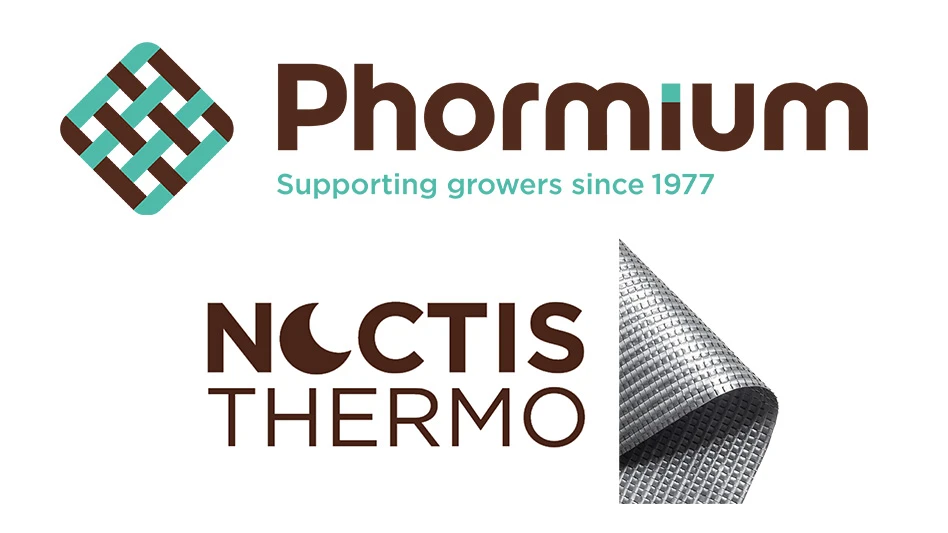 All-America Selections celebrates its 80th anniversary this year, and as part of the celebration, Greenhouse Management will interview a different AAS judge each month to talk about how he or she runs his or her business and what AAS means to them. This is part eight of the 12-part series.
All-America Selections celebrates its 80th anniversary this year, and as part of the celebration, Greenhouse Management will interview a different AAS judge each month to talk about how he or she runs his or her business and what AAS means to them. This is part eight of the 12-part series.
In the past two months, Matt Linder has been to Mexico, California, Japan, Florida and Guatemala.
On top of his travels, he wears a lot of hats at Sakata — area sales manager for Salinas Valley, broccoli/cauliflower product manager for NAFTA, senior western product manager for all species.
 With so many hats and so much travel, it could be easy for him to get overwhelmed, but the challenge of juggling all of these responsibilities keeps him on his toes.
With so many hats and so much travel, it could be easy for him to get overwhelmed, but the challenge of juggling all of these responsibilities keeps him on his toes.
“It comes with the territory, and over time, you learn to prioritize,” Linder says. “Prioritizing is everything to reach the established goals that we have.”
It may sound basic, but the key to his prioritization is simply in dealing with the most important things first and not letting the load overwhelm him.
“There’s continually a mountain in front of you, and many times, if you chip away at it, you can get a lot more things done quicker than you expected to,” he says. “You can make a mountain out of a mole hole, and if you put your efforts toward it and use a lot of perseverance, you can get through any of these work assignments. It’s a matter of putting your nose to the grindstone.
“You can start out on Sunday and say, ‘Oh, this upcoming week I have so many things to do, and you can turn it into this giant mountain, but if you sit down, a lot of times by Tuesday evening I’ve knocked all that out and I’m on to other things.”
He says you have to rely on your team around you to get overwhelming loads done.
“You have to use selective delegation of projects,” he says. “We all have to know that we can’t do everything. I have an excellent working group and excellent work mates that are always there to work together to get through the situations we have. A lot of things take more input than one person’s decision, so we do communicate very well within the Sakata group.”
For more: Sakata, www.sakata.com
|
Sakata and AAS MATT LINDER wears many hats for Sakata, but he’s also an AAS vegetable trial judge. Greenhouse Management spoke with him about why AAS is important to him. Why is AAS important to you? Why is AAS so important for the industry? |
Latest from Greenhouse Management
- This month's Greenhouse Management magazine is about native plants and sustainability
- The HC Companies, Classic Home & Garden merge as Growscape
- Terra Nova releases new echinacea variety, 'Fringe Festival'
- Eason Horticultural Resources will now officially be known as EHR
- BioWorks receives EPA approval for new biological insecticide for thrips, aphids, whiteflies
- ScottsMiracle-Gro transfers cannabis subsidiary to focus on core lawn and garden business
- Should we start calling natives 'eco-beneficial plants'?
- Ellen Mackenbach-Lakeman appointed new CEO of Dümmen Orange





